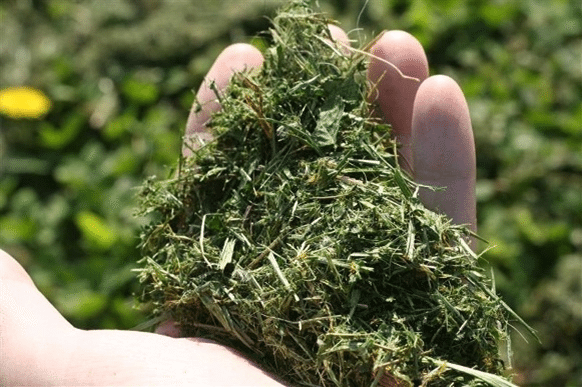Your yard has been under a lot of stress with the drought, and grasscycling is one way you can help your lawn improve its strength and overall health this fall.
Grasscycling is the practice of leaving grass clippings on your yard to decompose. According to the University of California’s statewide integrated pest management program, grasscycling requires you to mow your yard at the right frequency, cut the proper height for the species of grass you have in your yard, and remove no more than one-third of a leaf blade every time you mow.
Some people use a mulching or recycling mower for grasscycling. These mowers will cut the clippings into tiny pieces and return them to the lawn to decompose.
Why implement grasscycling on your lawn? Your lawn has likely been under a lot of stress with the drought. Grasscycling is an easy way to give your lawn a nutritional boost. The cut grass blades left on the lawn will decompose quickly and return nutrients to the lawn. An added bonus – you save the costs for bagging and lawn removal, and you avoid adding more waste to landfills.
Grasscycling will only be beneficial if you are removing small clippings at a time, so proper mowing and equipment are essential. Grasscycling may slightly increase thatch buildup on your lawn, but the benefits outweigh the disadvantages in most situations.
If your grass is too wet or has not been mowed regularly and is very tall, grasscycling should not be done, as this could lead to thatch buildup.
For more information about ways to maintain a living landscape, go to www.LivingLandscapesMatter.com

